RARE! WWII Utah Beach "TAR GREEN" Sector D-Day Fired Bullet Recovered Near Saint Martin de Varreville
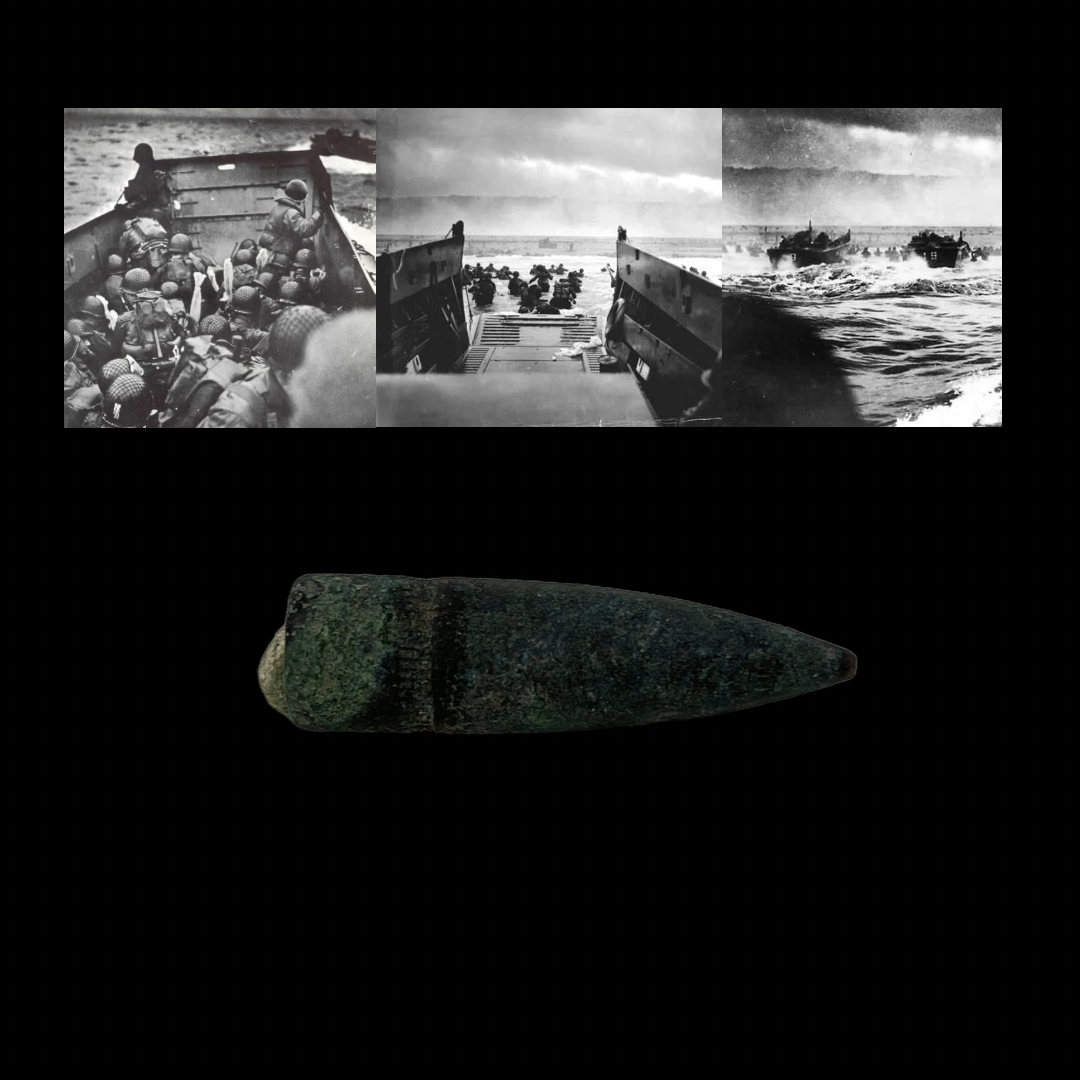
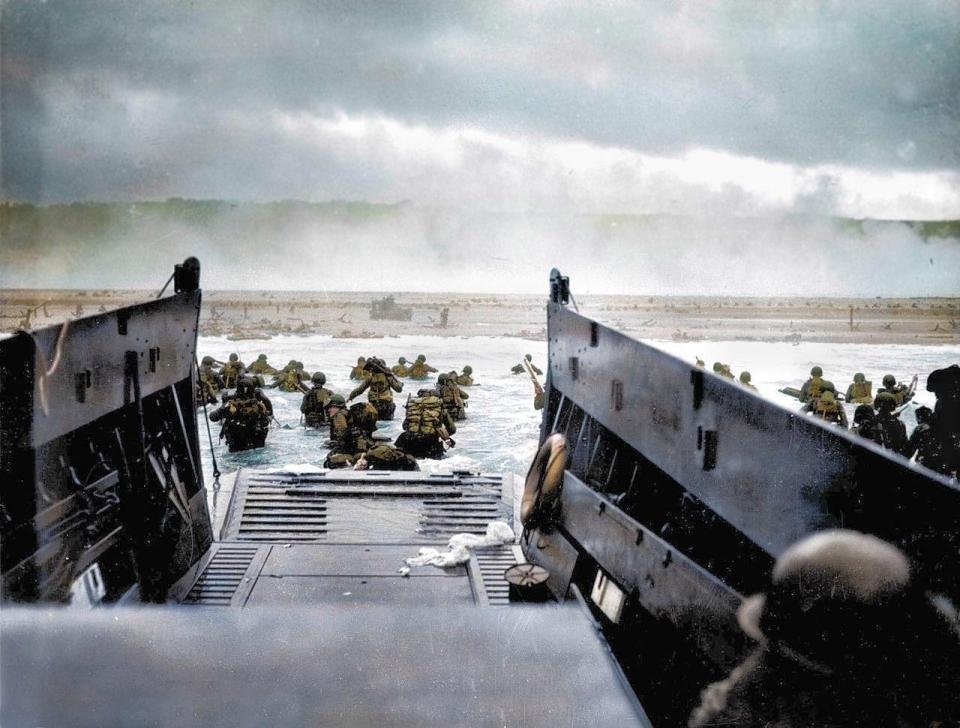
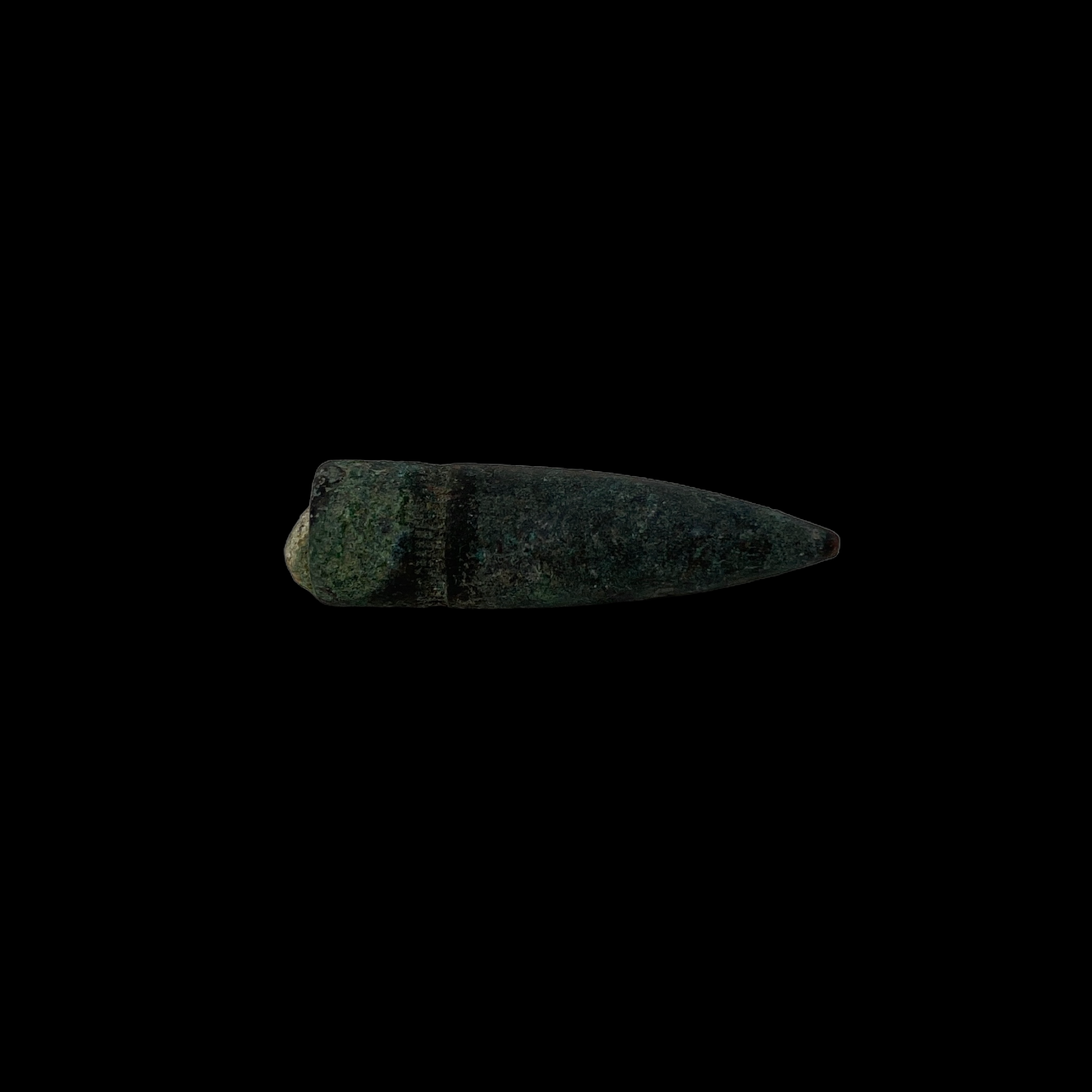
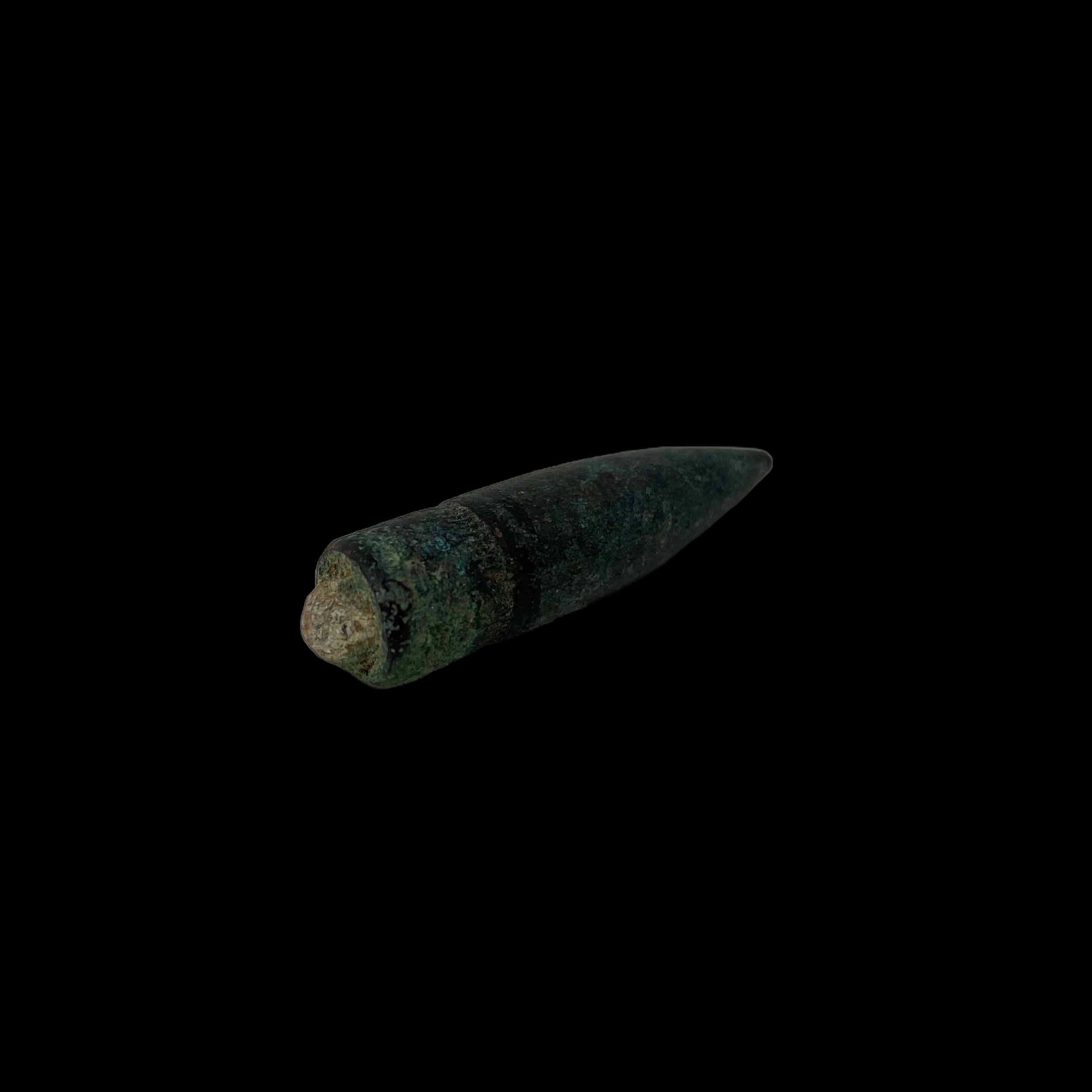
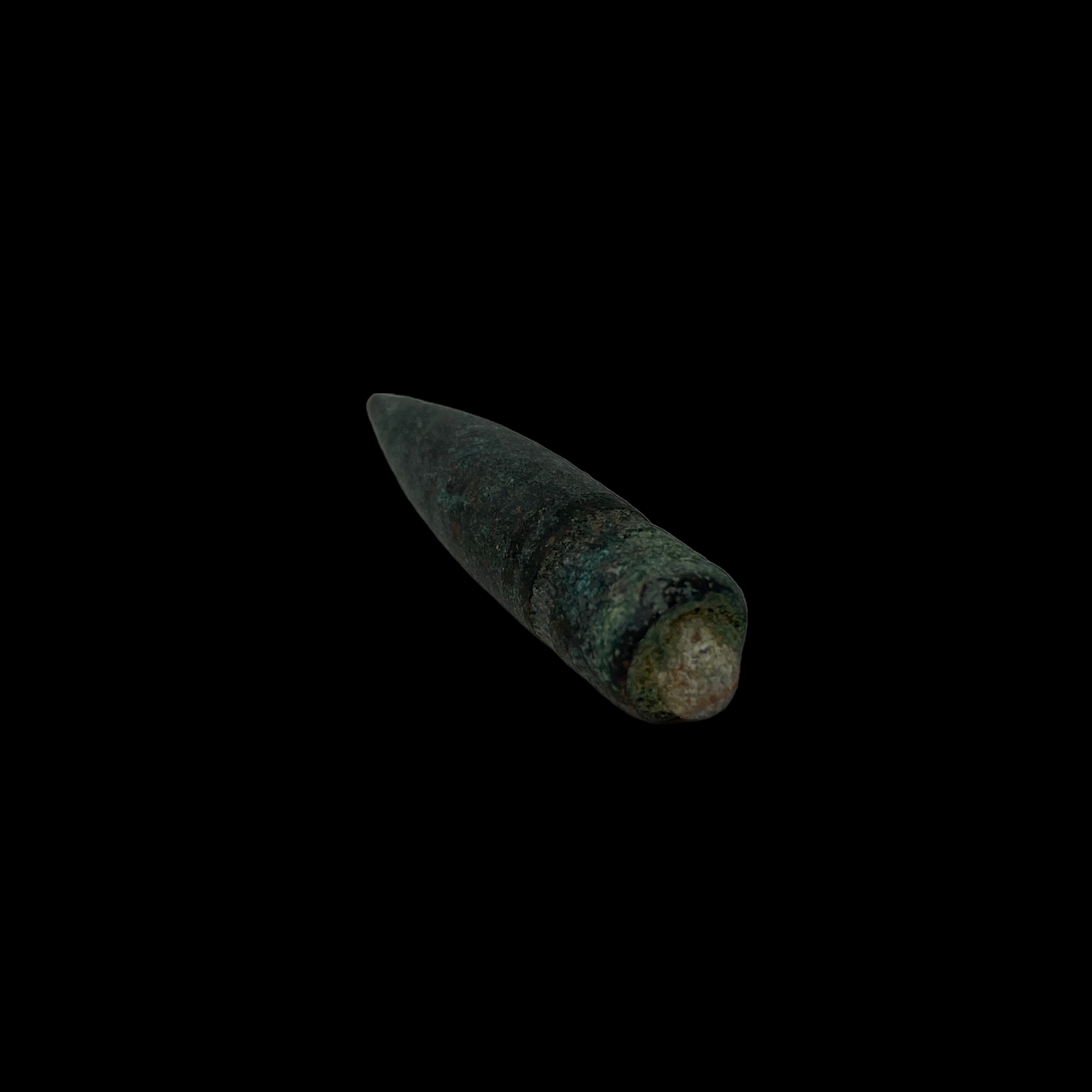



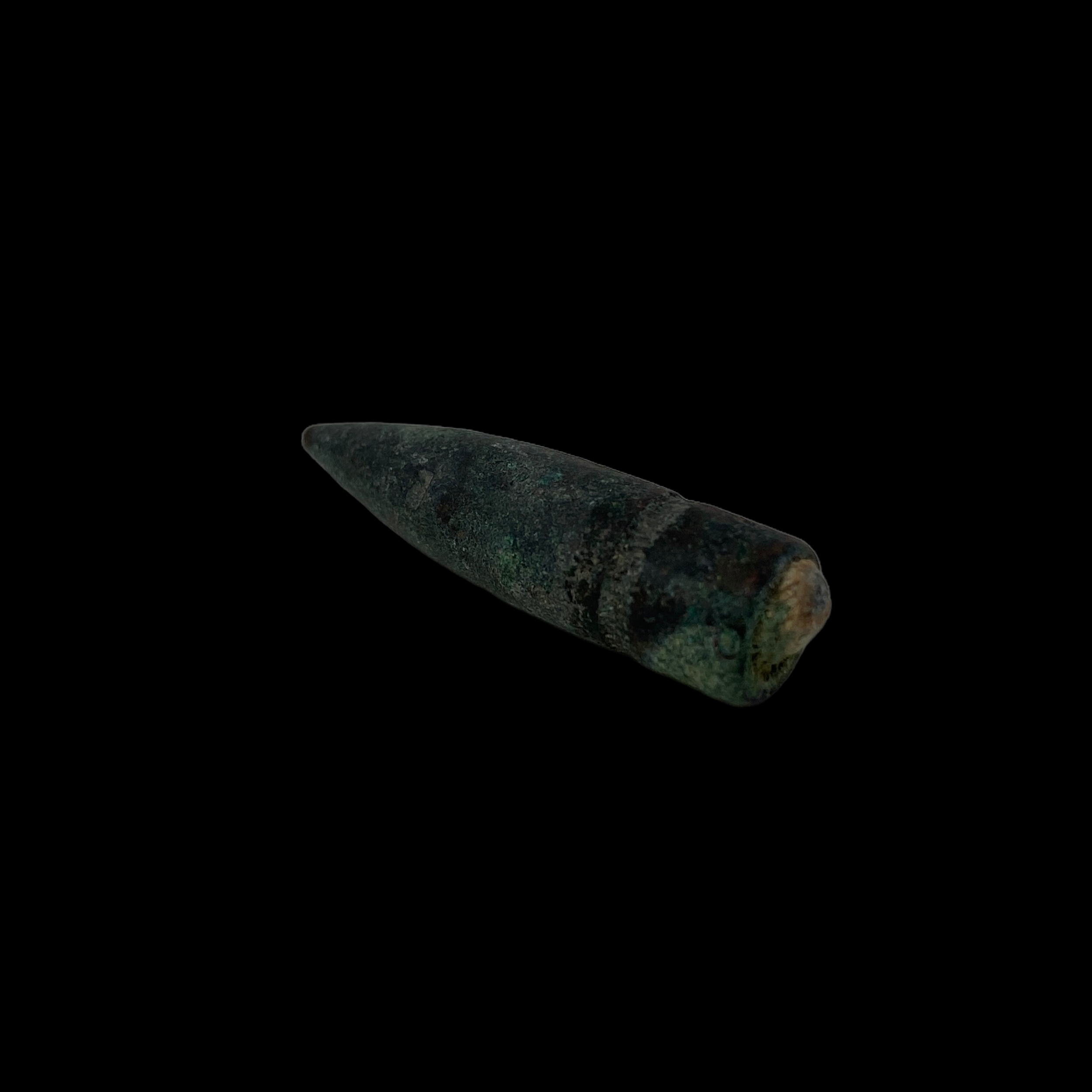

RARE! WWII Utah Beach "TAR GREEN" Sector D-Day Fired Bullet Recovered Near Saint Martin de Varreville
Comes with hand-signed C.O.A.
The Normandy landings were the landing operations and associated airborne operations on Tuesday, 6 June 1944 of the Allied invasion of Normandy in Operation Overlord during World War II. Codenamed Operation Neptune and often referred to as D-Day, it was the largest seaborne invasion in history. The operation began the liberation of France (and later western Europe) and laid the foundations of the Allied victory on the Western Front.
This incredible fired bullet was recovered on the Utah Beach landing sector designated “TAR GREEN” near Saint Martin de Varreville. This was uncovered during a professional excavation of Utah Beach in Normandy.
The TAR GREEN sector of Utah Beach was one of the five sectors that comprised the landing zone for American forces on D-Day. The TAR GREEN sector was located on the western edge of the beach, and was assigned to the 8th Engineer Battalion of the 4th Infantry Division.
The 8th Engineer Battalion arrived at the TAR GREEN sector at approximately 6:30am on June 6, 1944, aboard five landing craft that had been launched from the USS Samuel Chase. As they approached the shore, the engineers encountered heavy resistance from German defenses, including machine gun nests, mortars, and artillery. Despite the intense fire, the engineers managed to make their way onto the beach and begin clearing obstacles and laying down a protective screen of smoke.
Once on the beach, the engineers began to establish a foothold for the rest of the 4th Infantry Division. They began by clearing a path through the German defenses, using flamethrowers, explosives, and bulldozers to destroy the obstacles and create a safe passage for the infantry. They also constructed a temporary pier, using steel beams and timber, which allowed the landing craft to unload their cargo directly onto the beach.
Despite the challenges and heavy losses, the 8th Engineer Battalion was able to make significant progress on the TAR GREEN sector of Utah Beach. By the end of the day, they had cleared a path through the German defenses, established a temporary pier, and secured the beachhead for the 4th Infantry Division.
The success of the TAR GREEN sector was a critical factor in the overall success of the D-Day landings. The efforts of the 8th Engineer Battalion allowed the 4th Infantry Division to establish a foothold on the beach, and provided a crucial link between the sea and the inland battle for control of Normandy. Without the determination and bravery of the engineers, the D-Day landings may have ended in failure.
D-Day Landings at Utah Beach:
Located on the eastern shore of the base of the Cotentin Peninsula, Utah Beach was a late addition to the areas scheduled for invasion. The original plan for Operation Overlord did not call for a landing on the Cotentin, but General Dwight D. Eisenhower, supreme commander of the Allied Expeditionary Force, added it to ensure an early capture of the port of Cherbourg at the northern tip of the peninsula.
The Utah landing area was approximately 5 km (3 miles) wide and was located northwest of the Carentan estuary on sandy, duned beaches. Compared with German fortifications at Omaha Beach, the defenses at Utah, based on fixed infantry positions, were sparse because the low-lying areas immediately behind the landing area were flooded and the Germans could control the flooding with locks. Four causeways exited the beach through the flooded lowlands and severely restricted movement inland. Indeed, all land traffic was restricted to established routes, especially through the important crossroads towns of Carentan and Sainte-Mère-Église. Defenses along the causeways consisted mostly of strongpoints equipped with automatic weapons. Some 3 km (2 miles) inland were coastal and field artillery batteries. The defending forces consisted of elements of the German 709th, 243rd, and 91st infantry divisions.
The assault sectors at Utah Beach were designated (from west to east) Tare Green, Uncle Red, and Victor. The invasion was planned for Tare Green and Uncle Red, with the number 3 causeway almost in the middle of the landing area. H-Hour (that is, the time at which the first wave of landing craft would hit the beach) was scheduled for 0630 hours. The beach was to be assaulted by the U.S. 4th Infantry Division. The plan was to cross the beach and seize control of the coast roads, link up with airborne troops who were to have been dropped inland five hours earlier, and then be prepared to attack toward Cherbourg. The 8th Infantry Regiment was to attack first; supported by 32 special amphibious Sherman tanks in the first wave, it was to land opposite Les Dunes de Varreville, a well-fortified area.
The landing plan went wrong from the beginning. Strong currents beset the landing craft, and the area was obscured by smoke from the preceding shore bombardment. But the main problem was the loss of three of the four designated control craft to mines. The fourth control craft eventually rounded up the confused landing craft looking for directions and, using a bullhorn for communication, led them in. The force landed 1,800 metres (2,000 yards) east of the designated landing area, in the less-defended Victor sector and almost astride causeway number 2.
The assistant division commander, Brigadier General Theodore Roosevelt, Jr., quickly realized the error. Uttering his famous remark “We’ll start the war from here!” he ordered the division to advance. Three hours later exits 1, 2, and 3 had been secured, and by 1200 hours contact had been made with paratroopers from the 101st Airborne Division around the town of Pouppeville. By the end of the day the 4th Division had pushed inland about 6 km (4 miles), and its westernmost units were within a mile of the 82nd Airborne’s perimeter near Sainte-Mère-Église.
For an assault that had begun with such terrible confusion, the Utah Beach landings ended as a spectacular success beyond the most optimistic expectations. The 1,800-metre error had placed the landing force away from the heavily defended area of Les Dunes de Varreville and into a less-defended section of beach. Twenty thousand troops and 1,700 motorized vehicles had landed at Utah with surprisingly few casualties—fewer than 300 men.
The Germans had not counterattacked the seaborne assault, owing to the success of the Allied airborne troops in holding the roads that led to the beach approaches and also to confusion among the German commanders as to exactly where the main attack was taking place. The Germans, however, were in a position to counterattack in the Cotentin Peninsula at the end of D-Day.
Hour by Hour Landings at Utah Beach:
5:00am: The first wave of American forces departs from the USS Samuel Chase, bound for the TAR GREEN sector of Utah Beach. The wave includes five landing craft, carrying the 8th Engineer Battalion of the 4th Infantry Division.
5:30am: The first wave of American forces arrives at the TAR GREEN sector, and begins to encounter heavy resistance from German defenses. Despite the intense fire, the engineers are able to make their way onto the beach and begin clearing obstacles and laying down a protective screen of smoke.
6:00am: The second wave of American forces departs from the USS Samuel Chase, bound for the TAR GREEN sector of Utah Beach. The wave includes ten landing craft, carrying the 22nd and 121st Infantry Regiments of the 4th Infantry Division.
6:30am: The second wave of American forces arrives at the TAR GREEN sector, and begins to unload their cargo onto the beach. The engineers continue to clear obstacles and establish a foothold for the infantry.
7:00am: The third wave of American forces departs from the USS Samuel Chase, bound for the TAR GREEN sector of Utah Beach. The wave includes fifteen landing craft, carrying additional troops and equipment for the 4th Infantry Division.
7:30am: The third wave of American forces arrives at the TAR GREEN sector, and begins to unload their cargo onto the beach. The engineers continue to clear obstacles and provide support for the infantry as they advance inland.
8:00am: The fourth wave of American forces departs from the USS Samuel Chase, bound for the TAR GREEN sector of Utah Beach. The wave includes twenty landing craft, carrying additional troops and equipment for the 4th Infantry Division.
8:30am: The fourth wave of American forces arrives at the TAR GREEN sector, and begins to unload their cargo onto the beach. The engineers continue to clear obstacles and provide support for the infantry as they advance inland.
9:00am: The fifth wave of American forces departs from the USS Samuel Chase, bound for the TAR GREEN sector of Utah Beach. The wave includes twenty-five landing craft, carrying additional troops and equipment for the 4th Infantry Division.
9:30am: The fifth wave of American forces arrives at the TAR GREEN sector, and begins to unload their cargo onto the beach. The engineers continue to clear obstacles and provide support for the infantry as they advance inland.
10:00am: The sixth wave of American forces departs from the USS Samuel Chase, bound for the TAR GREEN sector of Utah Beach. The wave includes thirty landing craft, carrying additional troops and equipment for the 4th Infantry Division.
10:30am: The sixth wave of American forces arrives at the TAR GREEN sector, and begins to unload their cargo onto the beach. The engineers continue to clear obstacles and provide support for the infantry as they advance inland.
11:00am: The seventh wave of American forces departs from the USS Samuel Chase, bound for the TAR GREEN sector of Utah Beach. The wave includes thirty-five landing craft, carrying additional troops and equipment for the 4th Infantry Division.
11:30am: The seventh wave of American forces arrives at the TAR GREEN sector, and begins to unload their cargo onto the beach. The engineers continue to clear obstacles and provide support for the infantry as they advance inland.
12:00pm: The eighth wave of American forces departs from the USS Samuel Chase, bound for the TAR GREEN sector of Utah Beach. The wave includes forty landing craft, carrying additional troops and equipment for the 4th Infantry Division.